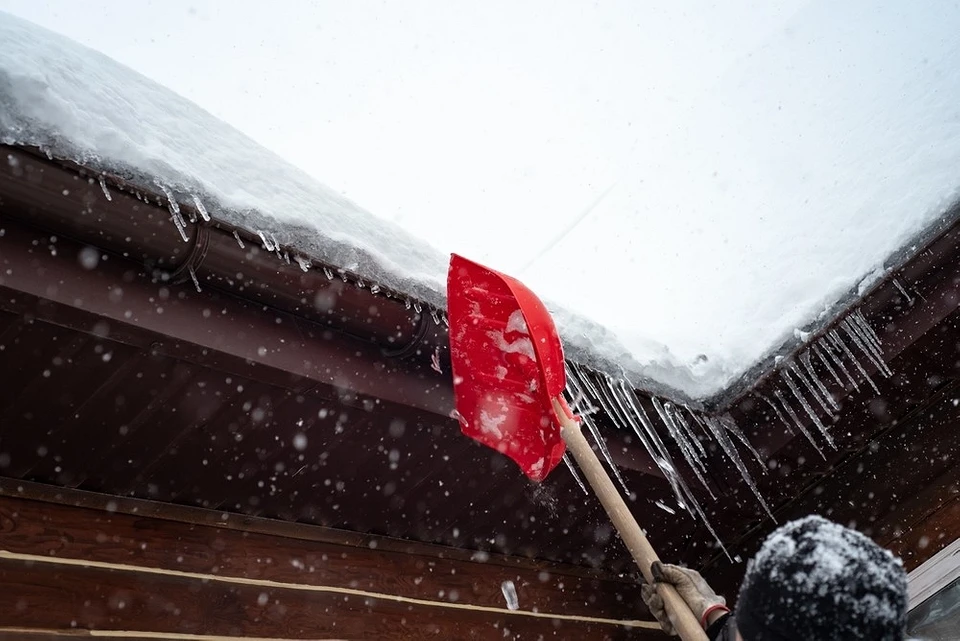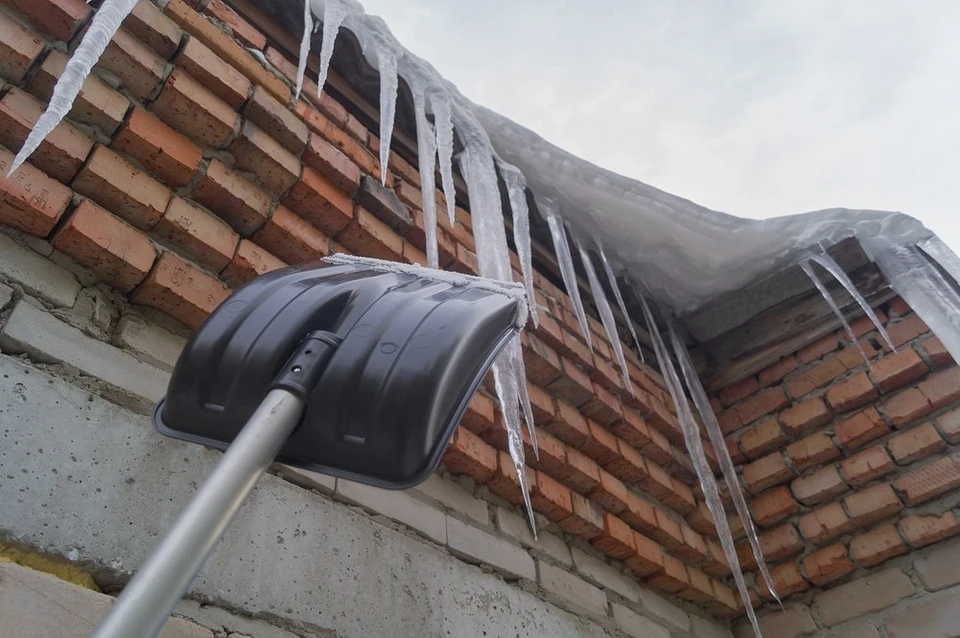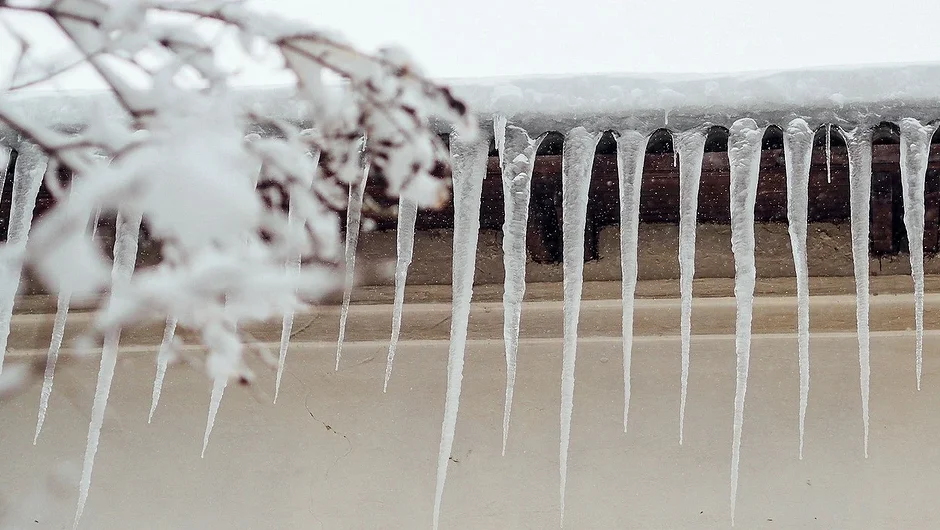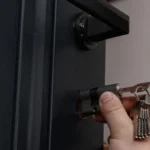During the winter months, snow and ice buildup on roofs is a common occurrence. While it may look picturesque, it’s important to understand how to safely deal with the frozen snow and avoid the potential dangers it poses. In this article, we’ll provide tips on how to remove ice from your roof without damaging the structure or compromising safety.

Why Does Snow and Ice Build Up on Roofs?
To understand how to prevent snow and ice buildup on your roof, it’s important to know why it happens in the first place. The main causes of ice and snow accumulation are:
- Insufficient roof insulation: If your roof is not properly insulated, heat from inside the house escapes, warming the snow on the roof, causing it to melt and later refreeze into ice.
- Temperature fluctuations: Warm days followed by cold nights create the perfect conditions for ice buildup, as snow melts during the day and refreezes overnight.
- Problems with drainage systems: Blocked or overflowing gutters and downspouts can prevent proper drainage, causing water to pool and freeze on the roof.
- Roof design: Certain architectural features (such as balconies and turrets) can trap snow and ice, making it more likely for ice buildup to occur.

How to Safely Remove Ice and Snow from Your Roof?
To avoid accidents or damage, it’s essential to follow safe and effective methods when removing ice and snow from your roof.
1. Prioritize Safety
Before beginning, make sure no one is standing under the roof as falling ice and snow can cause serious injuries. If possible, move cars and other objects away from the area beneath the roof. If this isn’t feasible, set up a protective covering over vulnerable areas.
2. Choose the Right Tools
The best tools for removing ice are telescoping poles with adjustable heads, which allow you to safely reach ice buildup without climbing onto the roof. If you don’t have these, you can use a long wooden pole, a broomstick, or a snow shovel with an extended handle.
3. Work from the Ground
Never climb onto the roof! This is especially dangerous on sloped roofs, which are slippery. Instead, remove ice from the ground using tools that let you reach higher areas.
4. Remove Ice Gradually
Start from the bottom of the ice buildup and work your way up. If the ice is thick, remove the lower section first, then the middle part, and finally the top. This reduces the risk of damaging your roof’s structure or drainage system.
5. Protect Your Roof and Drainage System
Be careful not to damage your roof or gutters during the ice removal process. Avoid striking the edges of the roof or downspouts, as they are prone to damage from forceful impacts. Direct the force of your strikes towards the base of the ice to ensure that the ice falls away from the roof, not towards it.
6. Clear Away the Ice
Once the ice has fallen, use a snow shovel or similar tool to collect the broken ice from the ground and prevent any accidents or injuries.

When Not to Remove Ice Yourself?
If you live in a multi-story building, ice removal from the roof should be left to the professionals. The building’s management company is responsible for clearing snow and ice from communal areas, including the roof and balconies. If your building has features like balconies or additional elements (e.g., a self-installed air conditioning unit), you are responsible for clearing the ice from those areas yourself or hiring professionals.

How to Prevent Ice Accumulation on Your Roof?
- Improve Roof Insulation: Better insulation helps to prevent heat loss from the house, reducing the chance of ice formation on the roof.
- Check Ventilation: Create effective roof ventilation that maintains an optimal temperature, preventing snow from melting and refreezing into ice.
- Install Heating Cables: Installing heating cables in the gutters and along the roof edge can help melt the snow and prevent ice buildup.
By following these tips, you can keep your roof safe and avoid potential issues caused by leaving ice on your roof for too long.



